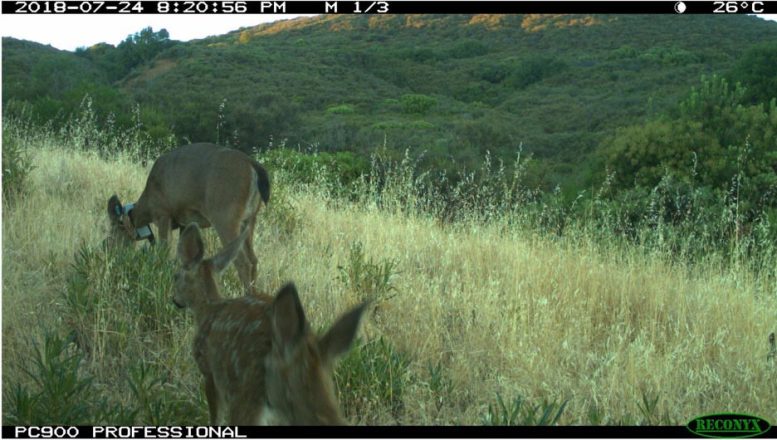
Black-tailed deer appear on a wildlife camera on July 24, 2018, several days before flames from the Mendocino Complex Fire torched this landscape, burning more than half of the University of California’s Hopland Research and Extension Center. Credit: Brashares Lab, UC Berkeley
After massive California wildfire, deer returned home while trees were “still smoldering.”
While many animals have adapted to live with wildfires of the past — which were smaller, more frequent, and kept ecosystems in balance across the West — it’s unclear to scientists how animals are coping with today’s unprecedented megafires. More than a century of fire suppression coupled with climate change has produced wildfires that are now bigger and more severe than before.
In a rare stroke of luck, researchers from the University of Washington, the University of California, Berkeley, and the University of California, Santa Barbara, were able to track a group of black-tailed deer during and after California’s third-largest wildfire, the 2018 Mendocino Complex Fire. The megafire, which torched more than 450,000 acres (1,800 square kilometers) in northern California, burned across half of an established study site, making it possible to record the movements and feeding patterns of deer before, during, and after the fire. The results were published today (October 28, 2021) in the journal Ecology and Evolution.
A black-tailed deer wearing a GPS tracking collar is seen by a wildlife camera on the study site, a couple of months after the 2018 Mendocino Complex Fire moved through. Credit: Brashares Lab, UC Berkeley
“We don’t have much information on what animals do while the flames are burning, or in the immediate days that follow after wildfires,” said co-lead author Kaitlyn Gaynor, a postdoctoral researcher at the National Center for Ecological Analysis and Synthesis at UC Santa Barbara. “It was kind of a happy accident that we were able to see what these animals were doing during the wildfire and right after, when it was still just a desolate landscape.”
The researchers were surprised by what they learned. Of the 18 deer studied, all survived. Deer that had to flee the flames returned home, despite some areas of the landscape being completely burned and void of vegetation to eat. Most of the deer returned home within hours of the fire, while trees were still smoldering.
Having access to this location information — from previously placed wildlife cameras and GPS collars — is rare when studying how animals respond to extreme and unpredictable events, like megafires.
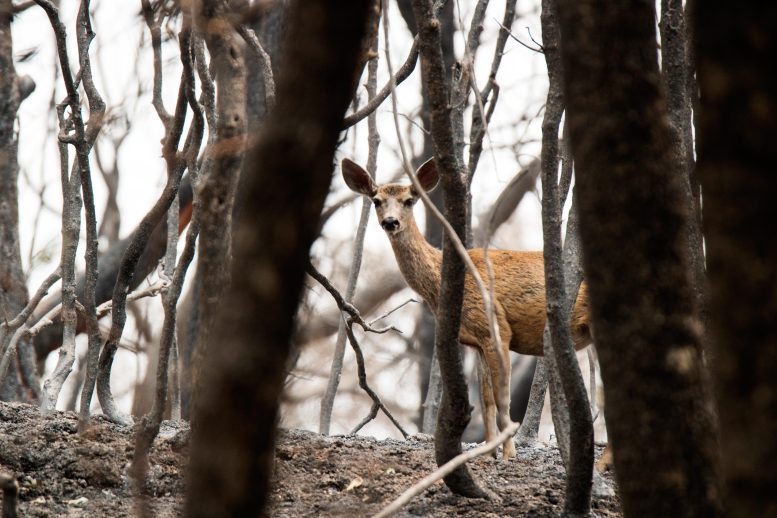
A black-tailed deer at the University of California’s Hopland Research and Extension Center, seen after the 2018 Mendocino Complex Fire. Deer from burned areas had to work harder and travel farther to find green vegetation, and researchers noticed a decline in body condition in some of the animals. Credit: Samantha Kreling
“There are very few studies that aim to understand the short-term, immediate responses of animals to wildfires. When a fire sweeps through and dramatically changes the landscape, its impact in those initial days is undervalued and absent in the published literature,” said co-lead author Samantha Kreling, a doctoral student at the UW School of Environmental and Forest Sciences.
The study took place northwest of Sacramento at the University of California’s Hopland Research and Extension Center, where the researchers were studying the movements of black-tailed deer. Before the Mendocino Complex Fire started, the team had placed tracking collars on 18 deer and positioned several dozen motioned-activated wildlife cameras across the area.
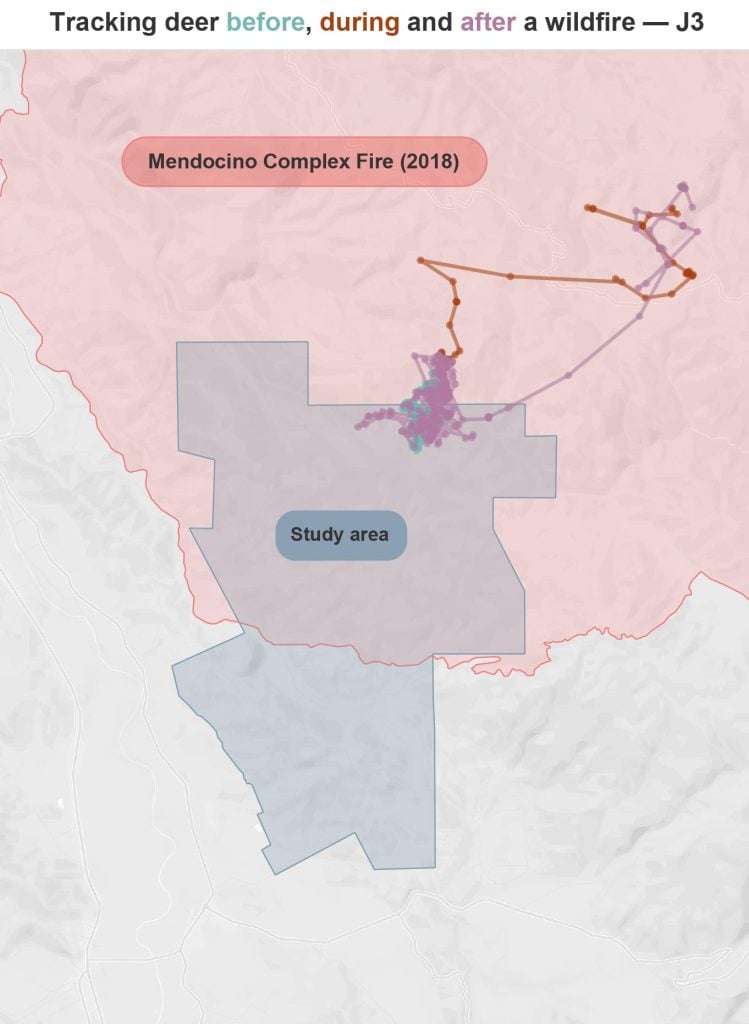
Map shows the route of one deer (J3) before, during and after the Mendocino Complex Fire. It briefly leaves the study area during the fire and then returns shortly after. Credit: Rebecca Gourley/University of Washington
On July 27, 2018, the research team based in Hopland saw smoke nearby. Within hours, they were told to leave immediately and not return to the property, as large flames swept through. In total, a little over half of the research center’s land was burned by the Mendocino Complex Fire that was, at the time, California’s largest wildfire.
Kreling, who needed data from the site for her senior-year undergraduate thesis at UC Berkeley, decided to pivot — or, in the words of her collaborators, “turn lemons into lemonade.” The wildlife tracking technology and photos allowed Kreling and co-authors instead to look at how deer change their use of space during and immediately after large disturbances like wildfires, and how this event influenced their body condition and survival.
This video shows the route of one deer (J3) before, during, and after the 2018 Mendocino Complex Fire. The animal briefly leaves the study area during the fire and then returns shortly after. Credit: Rebecca Gourley/University of Washington
“Seeing the drastic changes on the landscape got me wondering what it’s like for animals on the land to actually deal with the repercussions of having an event like this sweep through,” Kreling said. “Having the infrastructure in place was very useful to see what happened before, compared to what happened after.”
Despite the challenges of having little to eat, all of the deer returned soon after the fire. Deer from burned areas had to work harder and travel farther to find green vegetation, and researchers noticed a decline in body condition in some of these animals. Still, their loyalty to home is a tactic that likely helped this species survive past wildfires.
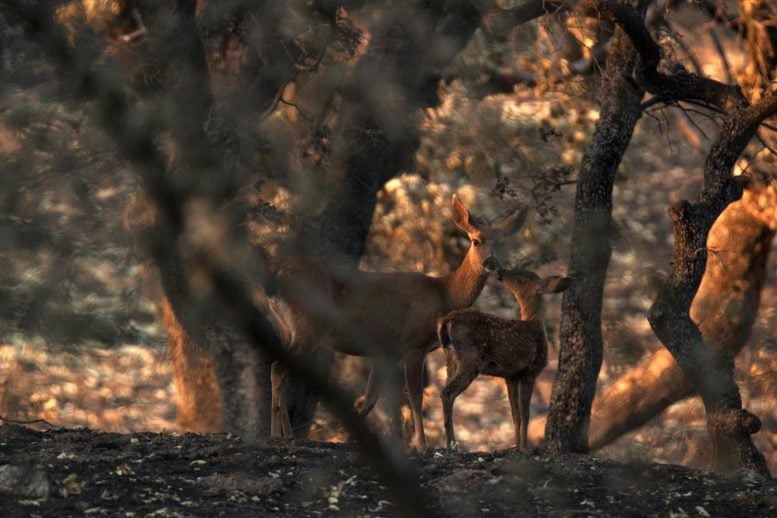
A black-tailed deer with her fawn, seen after the 2018 Mendocino Complex Fire. Credit: Samantha Kreling
It’s unknown whether this loyalty-to-home strategy will prove helpful, or harmful, in the future. Smaller wildfires encourage new vegetation growth — tasty for deer — but massive wildfires can actually destroy seed banks, which reduces the amount of plants available to eat. In this case, some of the deer that had to expand their home range to eat did so at the expense of their body condition.
“These deer have evolved this behavioral strategy that has clearly worked for them, but the big question mark is, as fires get more intense and frequent, will this behavior actually trap animals in these habitats that are seeing massive disturbances on the scale of nothing that has happened before in their evolutionary history,” Gaynor said.
The specific patterns observed with these deer likely can’t be applied to other large mammals in different regions, the authors said. But it’s an interesting case study to explore what extreme disturbances, like large wildfires, might mean for animals. Meanwhile, co-author Kendall Calhoun, a doctoral student at UC Berkeley, is continuing to look at the long-term effects of the fire on the health and reproductive capacity of this population of deer, which is still being tracked.
Reference: “Site fidelity and behavioral plasticity regulate an ungulate’s response to extreme disturbance” by Samantha E.S. Kreling, Kaitlyn M. Gaynor, Alex McInturff, Kendall L. Calhoun and Justin S. Brashares, 28 October 2021, Ecology and Evolution.
DOI: 10.1002/ece3.8221
Other co-authors are Alex McInturff and Justin Brashares at UC Berkeley. This research was funded by the California Department of Fish and Wildlife.






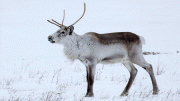

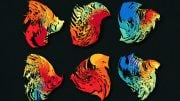
“… AS fires get more intense and frequent, …”
That should be “if.” Hopefully, we have learned that our fire management practices are flawed, and we will correct them. If not, the worst case scenario will be that the massive firebreaks created by the fires will limit their size in the future. Fires become self-limiting as the fuel is reduced.
From my observations while deer hunting, there are immediate benefits to the deer from fires. I have seen them rolling in the ashes, probably to kill parasites that they commonly have in abundance. They lick the ashes, probably for the dietary minerals in them. Deer are so abundant in most localities, even California, that the loss of a few through malnutrition may be advantageous to the herds in the long run.
Is there a “National Forest Firefighter Service”? If not, Why?!
A fully operational agency, fully equipped, trained & funded, to travel and/or have stations across the U.S.A., to meet each state’s need, to handle any event. If there is a raging forest fire, in one state & an all clear need (at the moment), adjacent states or wherever, to come to the aid of the area under an emergency declaration.
They should be fully equally, equipped, trained & funded as an National agency should be. This lack of an fire unit with aircraft, spotters, tankers & Firefighter aircraft transportation & centralized stations, based on historical episodes in each state.